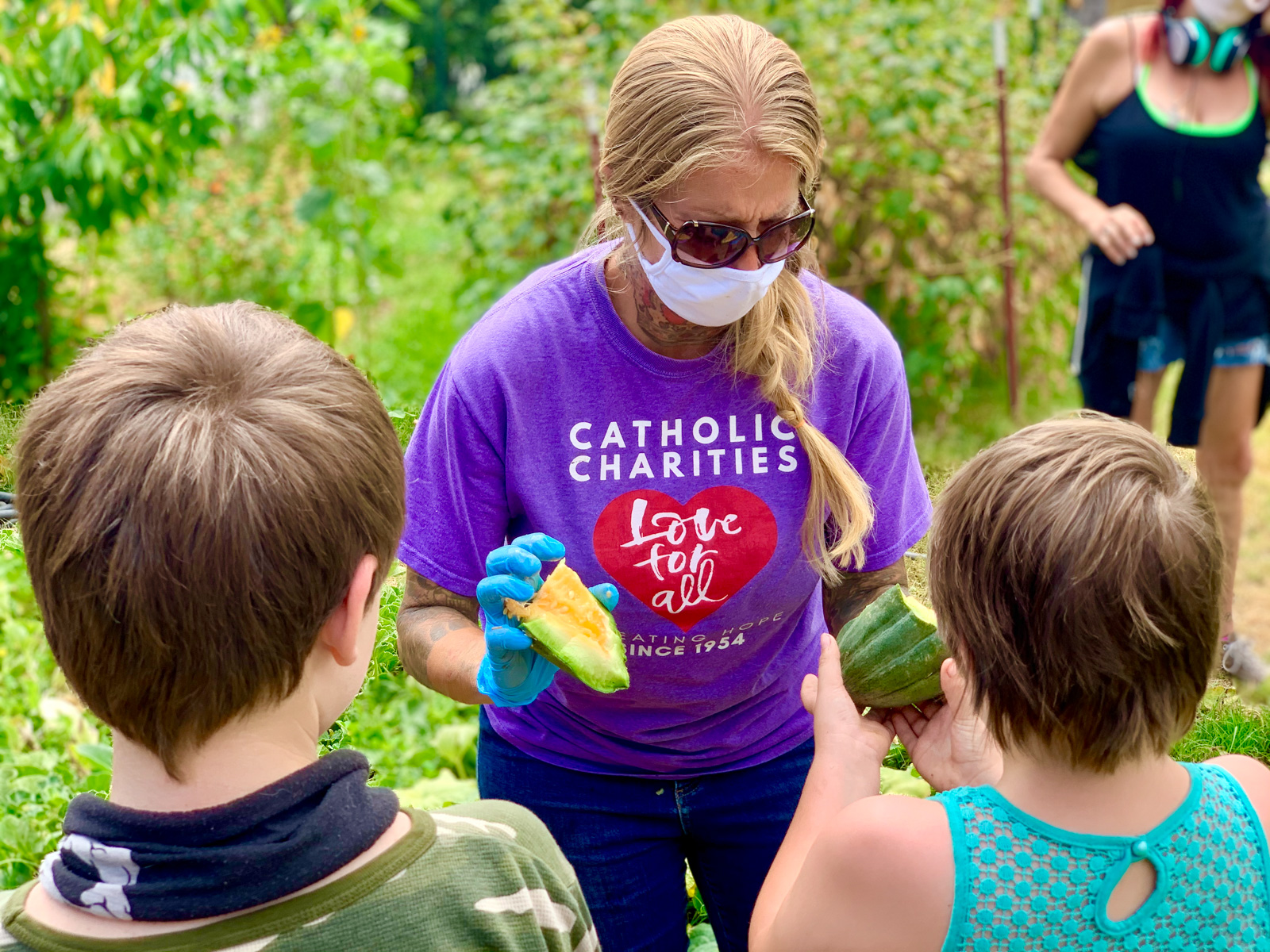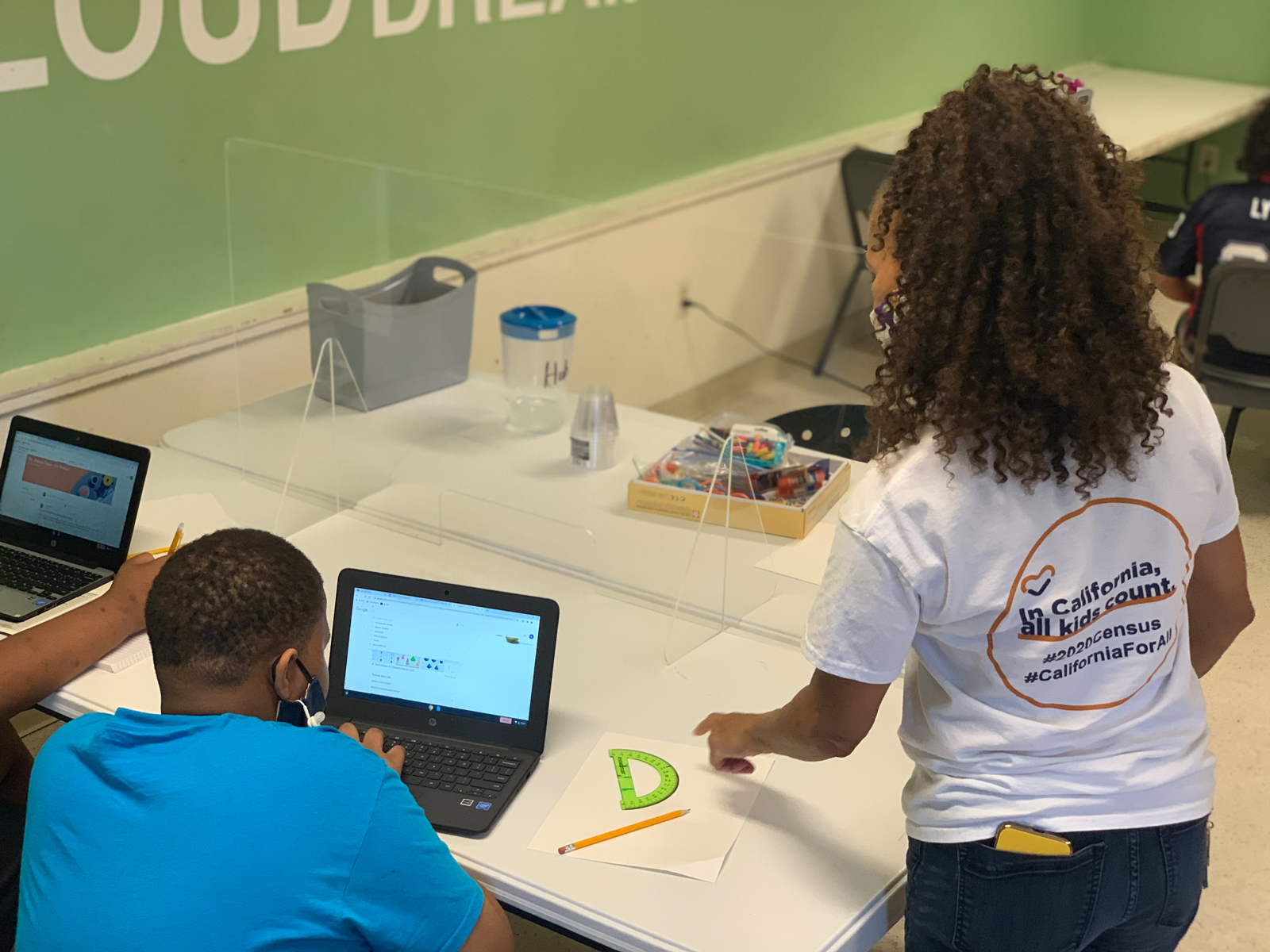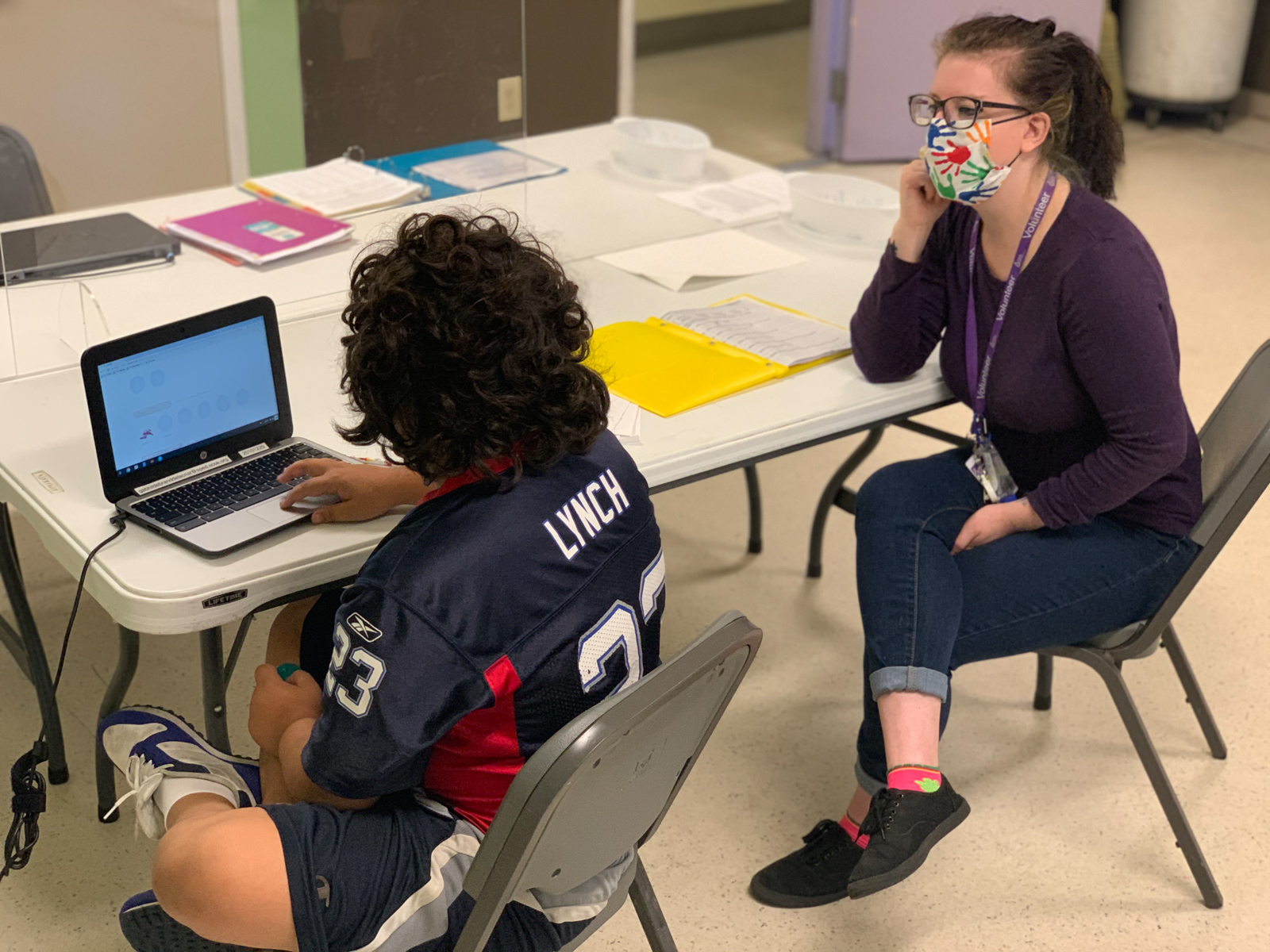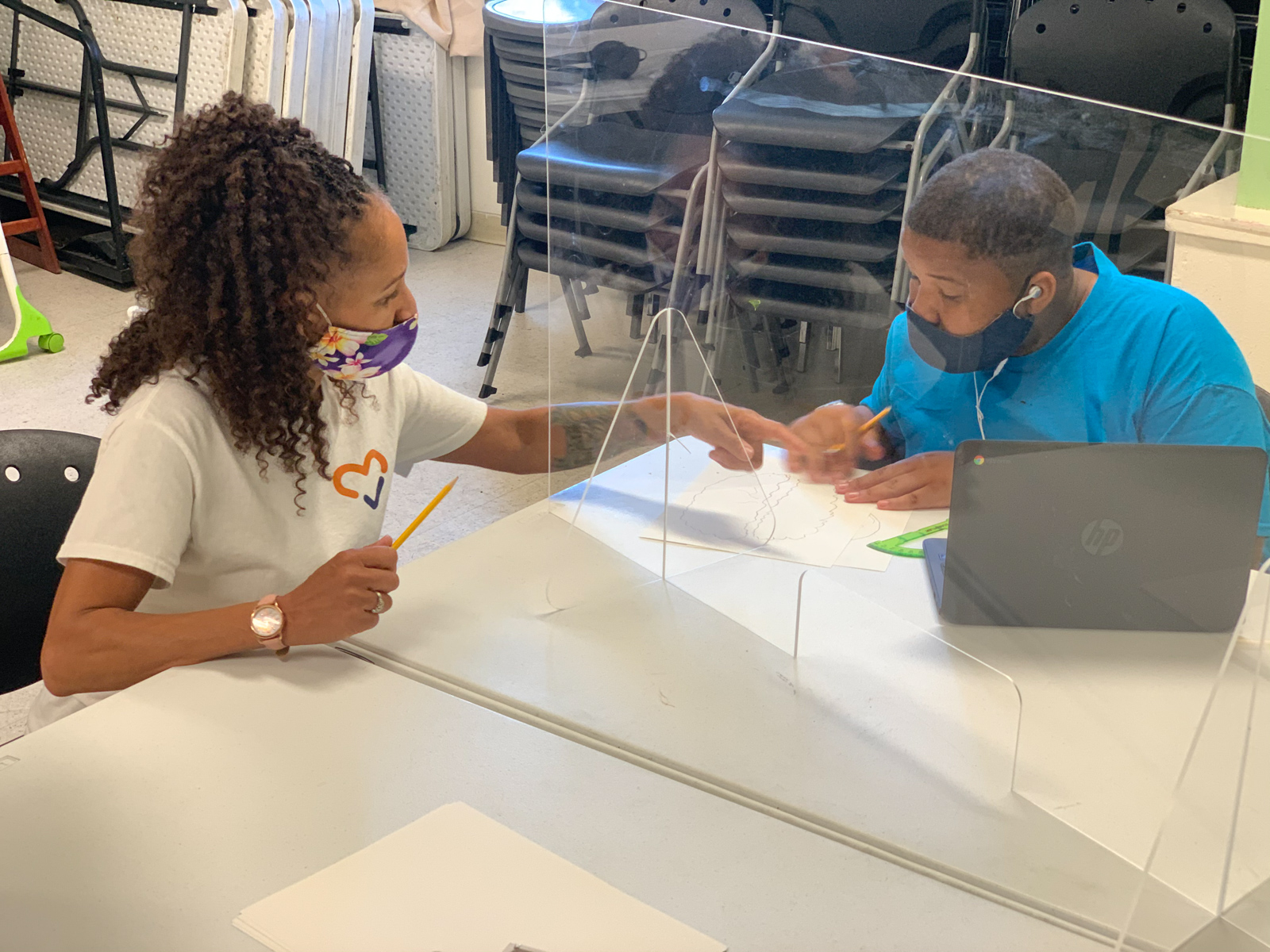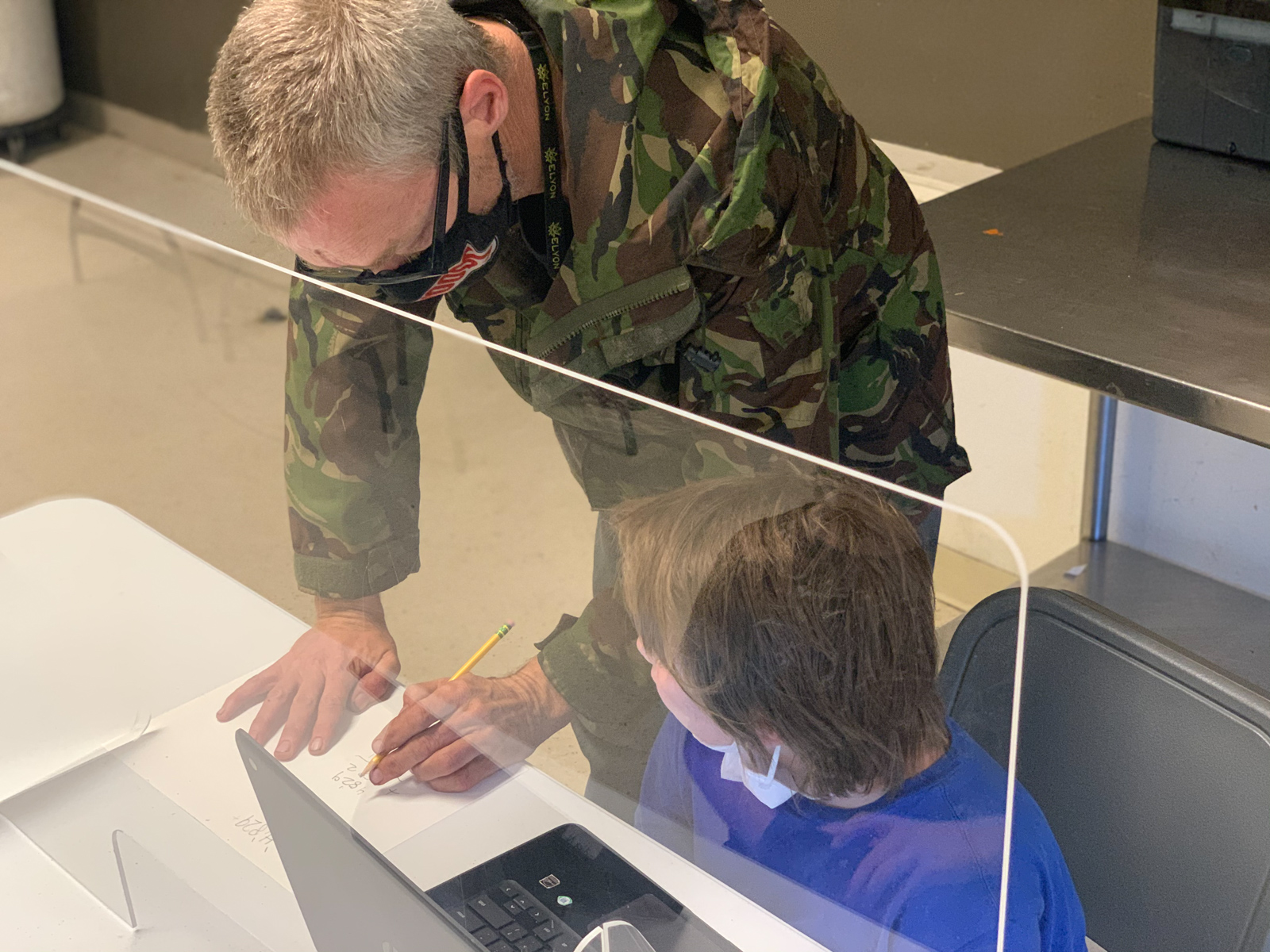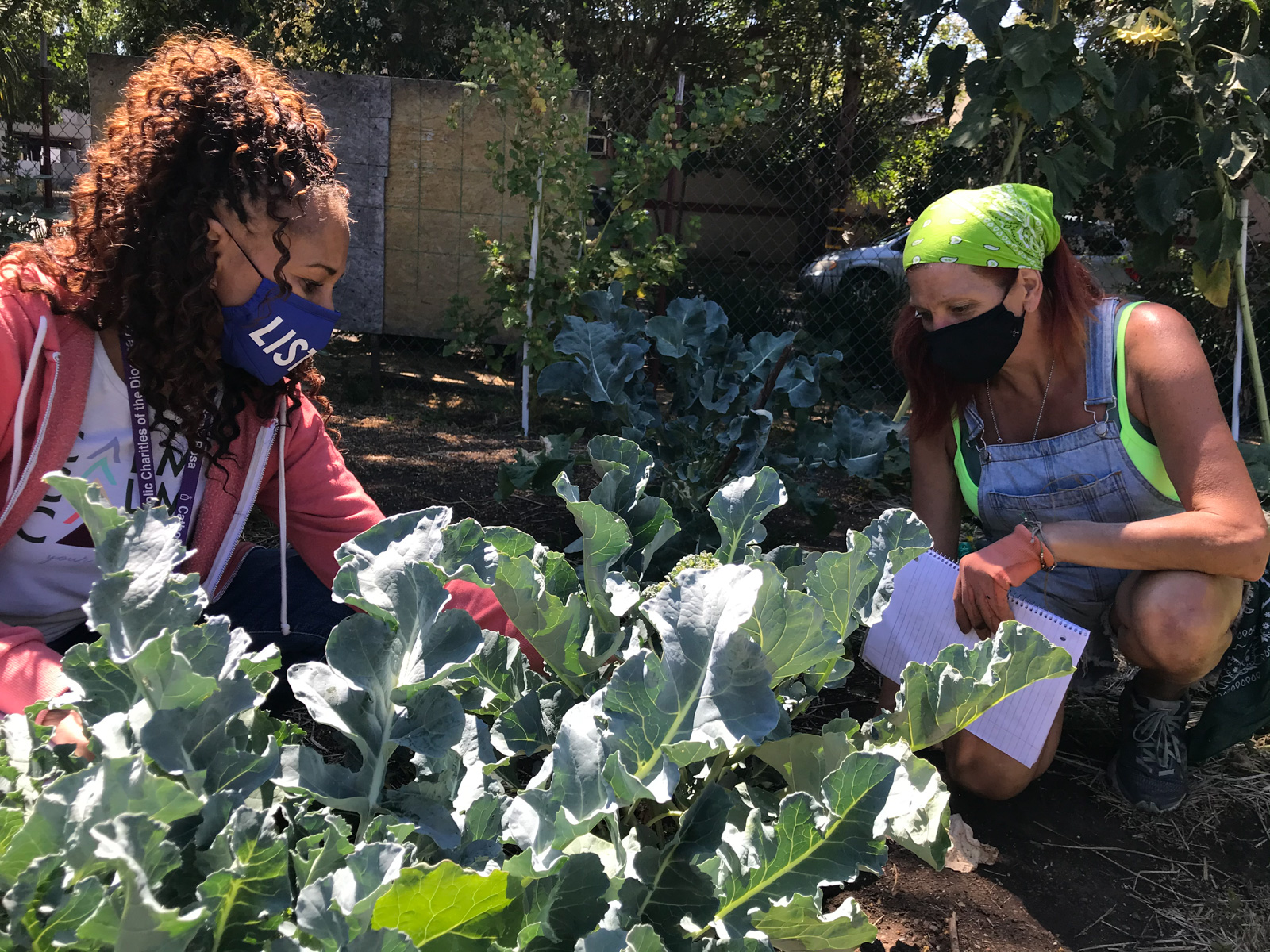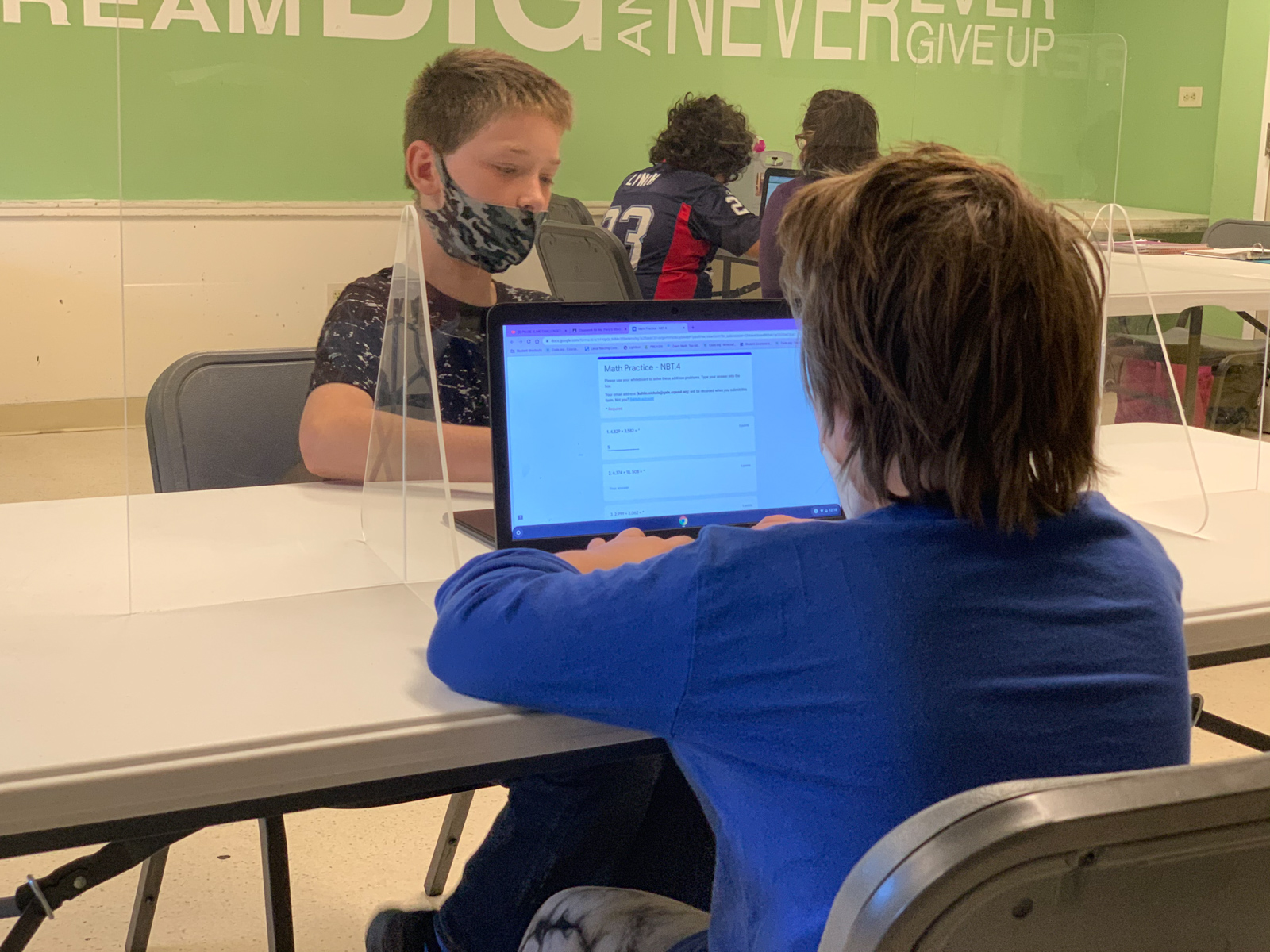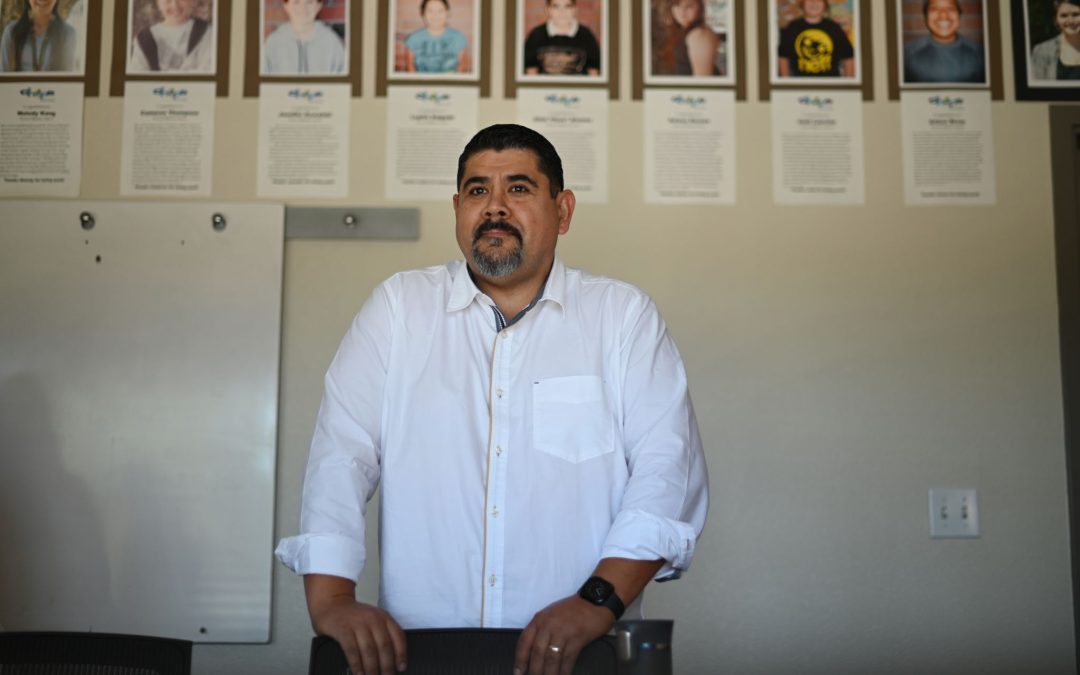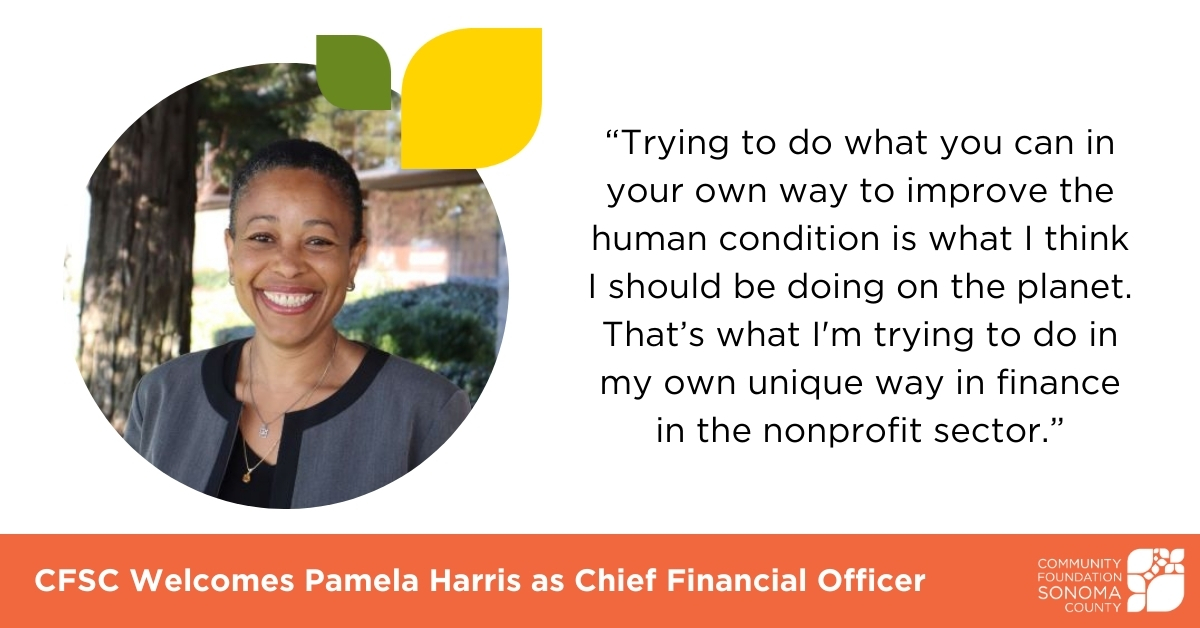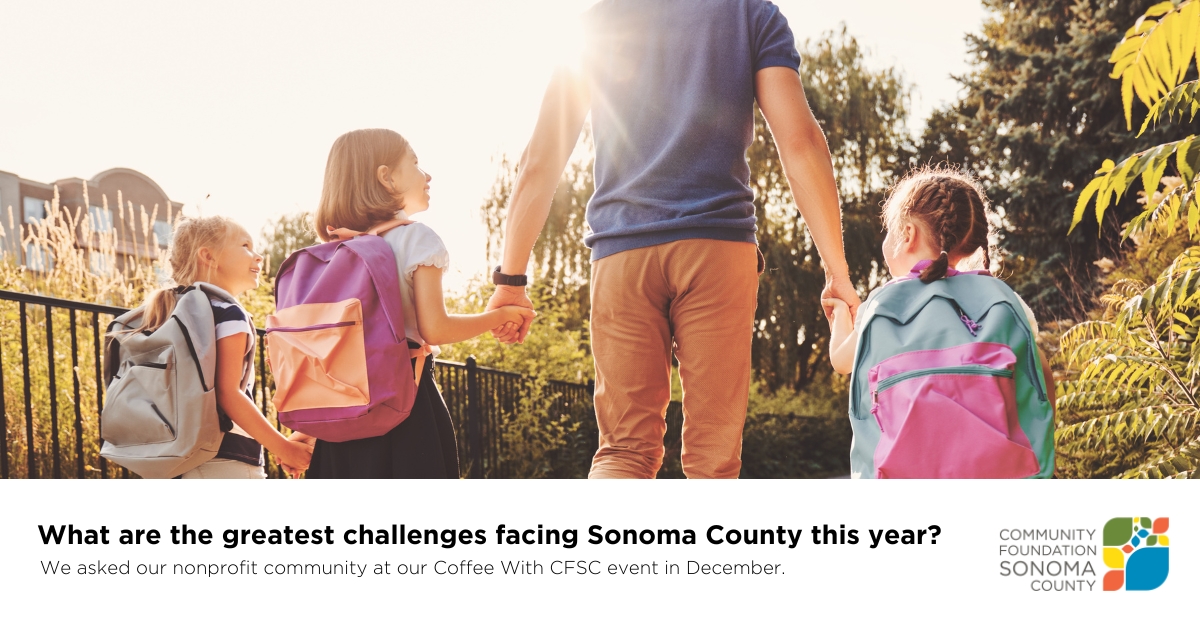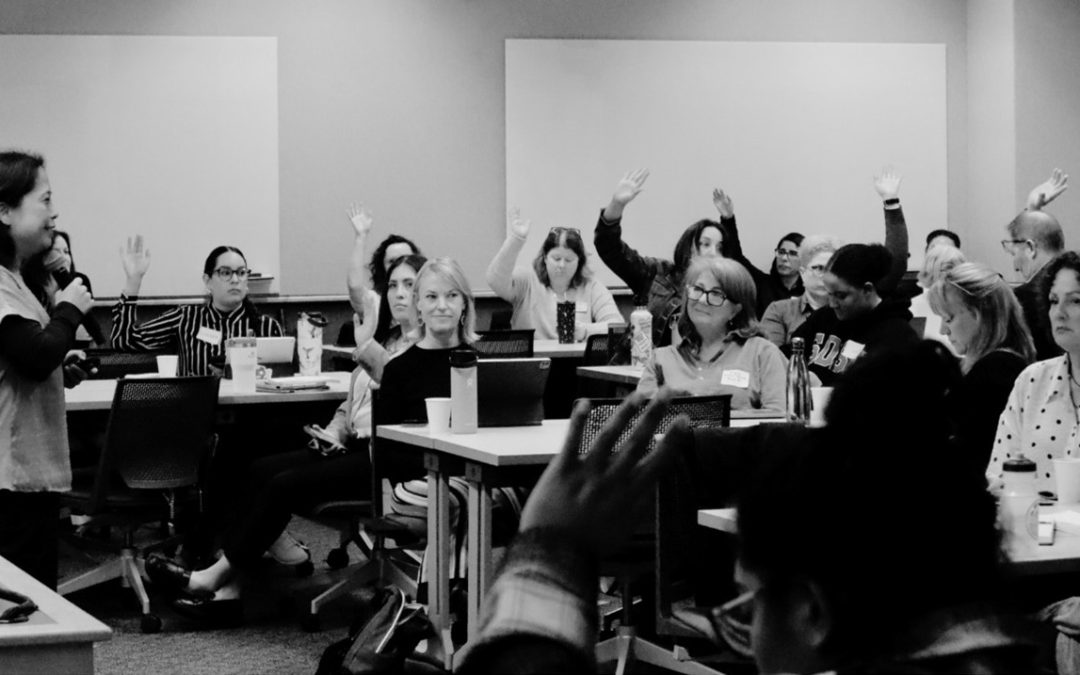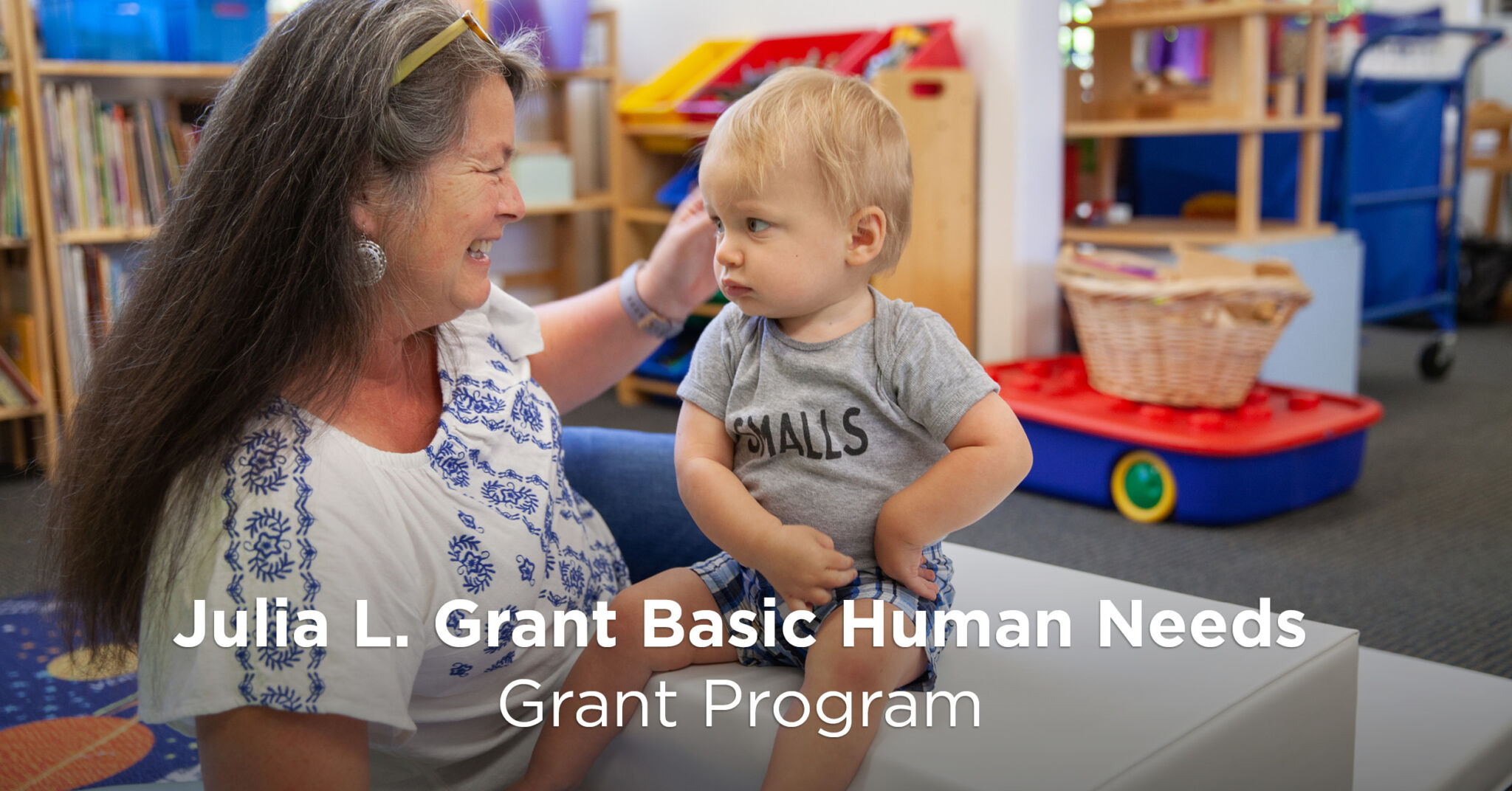Like all organizations working with our local houseless community, Catholic Charities continues finding temporary and permanent housing for hundreds of people in Sonoma County, despite the added challenge of the COVID pandemic.
“I consider us as kind of the bridge from homelessness to housing,” says Catholic Charities CEO Len Marabella.
This bridge includes many facets of sheltering and supporting our unhoused community. Catholic Charities has an active outreach team called HOST (Homeless Outreach Services Team) on the streets working to connect and engage with people in encampments in order to help them access services. They also operate a drop-in center where people can meet with service providers, take showers, do laundry, collect mail, and more. They manage local shelters like Sam Jones Hall and the Family Support Center, providing roughly 450 beds for single adults, families, and unhoused people that are released from hospitals and need recuperative care. They also assist with finding permanent housing and continue offering case management for residents to ensure their success once permanently housed.
Since COVID began spreading in the U.S., Marabella says that the local Catholic Charities shelters reduced the number of available beds to ensure safety and proper physical distancing in order to prevent and reduce the spread of infection. Those who could not find open beds at their facilities have been moved into temporary hotel-type settings through a partnership with The City of Santa Rosa. So far, there have been no cases of COVID at any of Catholic Charities’ properties.
For both staff and residents at the shelters, Marabella says they have very detailed health and safety protocols; cleaning, wearing masks, and more.
The organization began a new temporary program to protect unhoused people from COVID in May. They partnered with the City of Santa Rosa and the Finley Center to run a managed tent encampment—the Finley Safe Social Distancing Program—as an alternative to encampments that have grown in size in Santa Rosa in the past few years. It is a voluntary program for those who were already living in tents under freeways and elsewhere.
“It allows the most vulnerable people to be in a more controlled and safer environment and properly distanced,” says Marabella.
The intentions behind this camp, which has roughly 65 residents, was to avoid spreading COVID in the houseless community. The site is situated on about 25,000 square feet of parking lot, with plenty of space between residents, and includes case management, as well. So far the camp has been a success.
“This is really not something that we would have expected to do this year, but with the pandemic, we needed to make the adaptation, especially for the folks who are currently unsheltered,” says John Pavik, the Assistant Director of Communications at Catholic Charities. “This has provided a new mechanism for us to put a roof over our folks’ heads to have been unsheltered for a long time. We’ve met people that are living on the streets for 10 years.”
Pavik adds that although the Finley site remains open, the primary goal at Catholic Charities is to get people into housing, and the City will move forward with closing the site by the end of October.
COVID has not dampened Catholic Charities’ efforts to house people. Marabella says that in the past fiscal year, which ended in June, they permanently housed 864 people.
“It is really an astounding number,” says Marabella. “We have averaged about 650 [people] for the previous three years. To add to that, amazingly, in April our staff set a record and were able to house 86 people. This is in the midst of the pandemic breaking out all over the place, so that was quite an accomplishment, I would say.”
Marabella attributes their successful placement rate to the redesigning their case management and housing locator positions. He says that instead of case managers doing the housing searches with their clients, Catholic Charities hired people with professional real estate and landlord relations experience to work as housing locators in partnership with case managers.
“You want somebody who’s a professional in that field,” he says. “That’s, I think, one of the key successes of what we’re doing.”
In addition to the new Finley project, Pavik says that one of the biggest successful adaptations they’ve made to support the homeless community is the creation of an academic hub for children at the Catholic Charities Family Support Center.
“We’ve continued to house families there, but these kids are having to embrace virtual learning,” says Pavik. “And you know very well that these kids do not have computers. They don’t have what they need to do that.”
To ensure that children at the center are able to engage in distance learning, Toni Abraham, Manager of Children, Youth and Family Services has created a space in the center’s dining facility where students can schedule time to work on schooling with Abraham and volunteers. The space is COVID compliant and is equipped with sneeze guards, is regularly sanitized, and is set up to ensure that students are able to have distance from one another. Because there are too many children housed at the center to use the academic hub at the same time, children schedule space in advance.
“They’re getting the mentorship they need. They’re getting help with the technology,” says Pavik. “They’re getting help; someone’s actually there helping them.”
Pavik points out that the children in this program are not only experiencing homelessness but they are missing the connection and socialization that comes with attending school. The academic hub provides structure, safety, security and socialization.
“Their parents were working so hard to rebuild their lives, working with our case managers to get into permanent housing and are working jobs themselves, the idea of trying to manage the virtual learning on top of that is so tough,” says Pavik.
The hub provides that added support vulnerable families need and the parents are able to support their kids, and also able to focus on rebuilding their lives.
Pavik says that many of the families have also used the time under the county wide social distancing ordinance to get outdoors into the center’s community garden. The space had been somewhat neglected and a volunteer launched a project with many of the residents to replant, rebuild and reconnect with the garden.
The garden has yielded quite a bounty, enough for the center to use in their meals for residents. They’ve even incorporated a nutrition education project for the kids in the garden, in addition to time spent gardening and harvesting the vegetables.
“Families were feeling so discouraged at the beginning of the pandemic, it was very frightening to them. The future already felt uncertain for them,” says Pavik. “So the growth is really, really wonderful. This is another opportunity during the frightening experience of the pandemic, to create a little bit of hope and inspire them.”
Story by Dani Burlison

